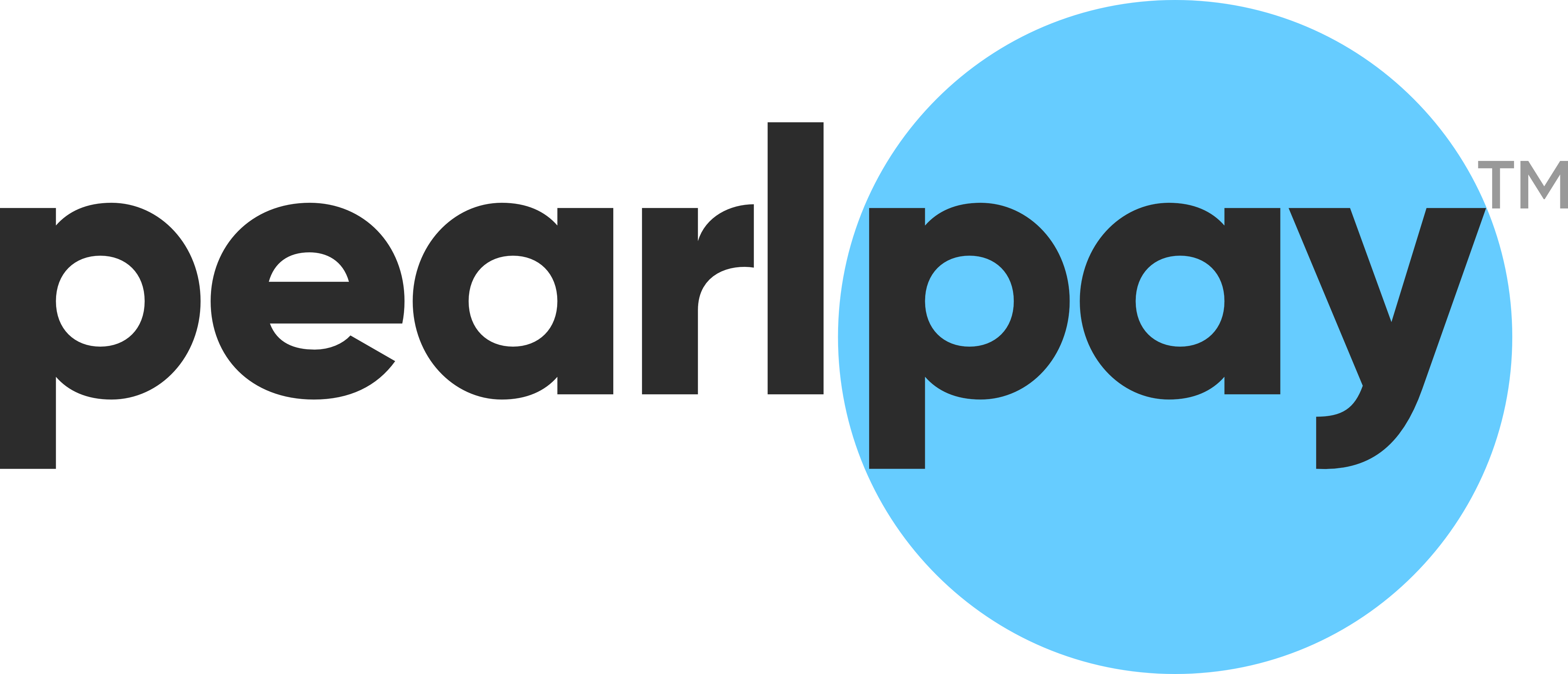Photo courtesy from Foodtank Website
Did you know that 67% of the Philippine population is connected to the internet? Yet the majority of Filipinos still use cash for their transactions. This is because the Philippines still has an underdeveloped payment infrastructure – which is why cash still remains king in the country.
But as we now live in a digitized economy, the government, businesses, organizations, and financial institutions are going digital.
However, institutions such as rural banks, cooperatives, thrift banks, and other non-banking institutions experience challenges that make it difficult for them to transform. Majority of these institutions remain disconnected from payment gateway infrastructure in the Philippines that could otherwise be beneficial for them. This limits the payment opportunities in their communities to over-the-counter transactions.
With the current situation, we need to help them digitize so they can access payment gateways and other digital opportunities to serve Filipinos in a better way.
Addressing the Problem
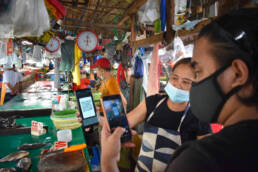
Photo courtesy from the Philippine Business and News Website
Transforming institutions will give them access to payment gateways. But keep in mind that transformation can’t be done instantly. We have to ensure their system can fully support digital capabilities. This is why they must have the right foundation first. With it, they can seamlessly transform, integrate and use other digital solutions, transition to mobile banking, and connect to opportunities in the digital economy.
This includes payment gateway integration to institutions in the Philippines. Having access will allow them to expand the payments they process and accept credit cards, debit cards, e-wallet, and other forms of payment aside from cash. Not only can institutions contribute to developing the country’s current payment infrastructure but also connect their customers to more convenient payments that ensure:
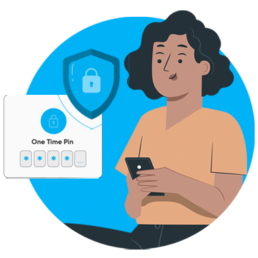
Safe and Secure Transactions
Payment gateways have a vital role in validating and verifying payment transactions. It has security measures that perform fraud checks and encrypt the customer’s payment information.
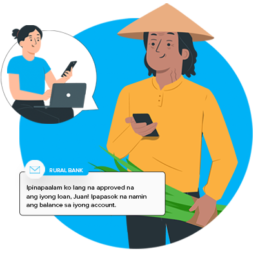
Faster Processing
It’s faster than manual processing, where customers can transact immediately and avoid long waits and long lines.

Convenient Transactions
Connecting institutions to a payment gateway will allow their customers to transact at any time, whether it be day or night.
The proper foundation will enable them to build an interoperable and interconnected payment system. This will make it easier for Filipinos to transact, connecting them to payment gateways even if they’re in hard-to-reach communities.
But how does having the right foundation help community-based institutions connect to payment gateways?
Connecting Institutions to Payment Gateways in the Philippines
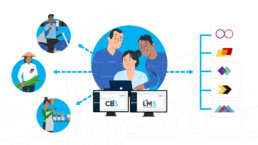
Having the right foundation for non-banking and banking institutions will ensure that not just their system is connected to a payment gateway. It will also connect other digital solutions integrated into their institution. To ensure this, they have to find the right partner that can help them achieve their transformation goal. Working together with the right partner that has the right set of solutions can help them transform more efficiently.
This will guarantee that their digitalization needs are met and institutions can fully connect to a payment gateway provider in the Philippines. With an ecosystem of solutions, they can provide easier and faster access payments and encourage growth in their communities.
As institutions connect Filipinos to payment gateways, it will encourage the growth of digital payments since they can pay bills and other due payments in the comfort of their own homes. Workers in the agricultural sector can earn more by receiving payments directly from consumers and wholesalers with no more need for a middleman. MSMEs can expand their customer reach, allowing people outside their area to make purchases from their stores. Even overseas Filipino workers (OFWs) can send remittances back home faster and more conveniently.
But that’s not just the benefit of a payment gateway.
The goal of digitalization is for everyone to participate and utilize the opportunities of the digital economy. Payments will be the first step to achieve this goal. It can be the catalyst for digitalization for Filipinos. While not everyone has savings or applies for loans, we all pay for bills for utilities, groceries, and other necessities. Once payments are digitized and people get used to doing online/digital payments, they can be encouraged to apply and use digital financial services.
By helping institutions transform in a better way, we can provide the help that every Filipino deserves and ensure widespread access to financial services to all, especially to the underserved and unbanked.
Related Posts
October 11, 2022
Digitizing MSMEs: How You Can Grow and Thrive in the Philippine Digital Economy
Understanding how MSMEs can go digital will help them earn more and encourage their growth in the…
March 3, 2022
Factors to Consider for Digital Transformation and Growth
Financial institutions in the Philippines need to consider these digital transformation factors to…
October 19, 2021
Digital Transformation for Financial Institutions: Unleashing Their Potential With the Right Foundation
Understanding how to set up the right foundation for digital transformation can empower financial…
